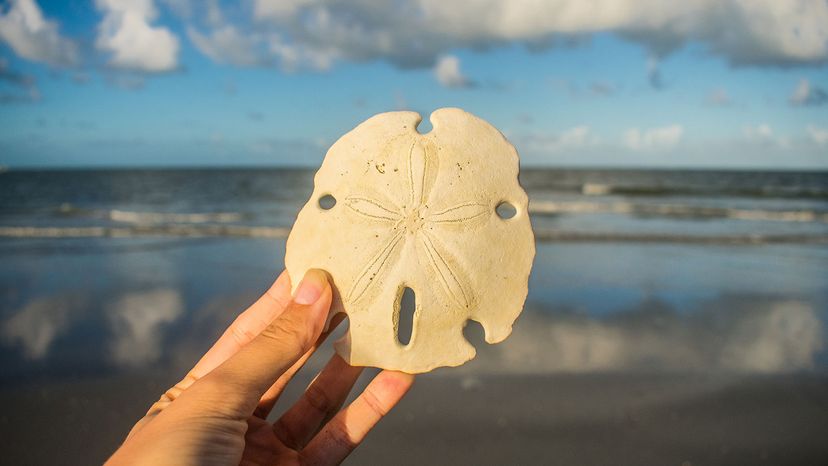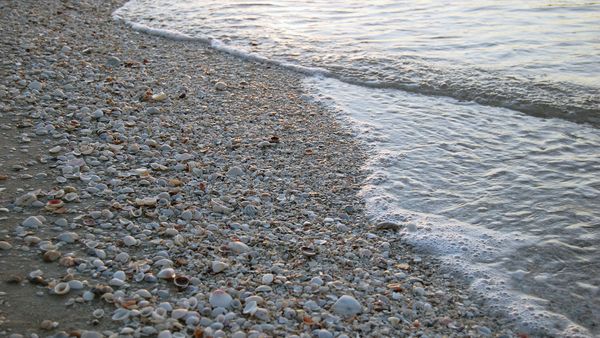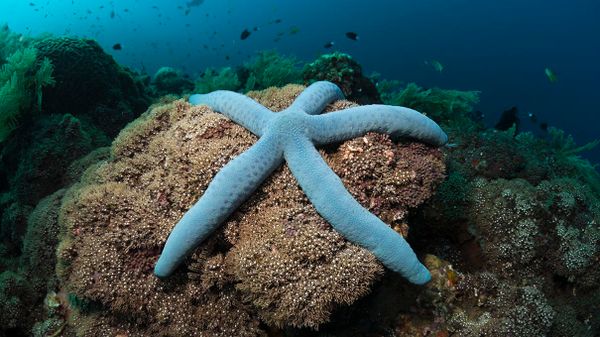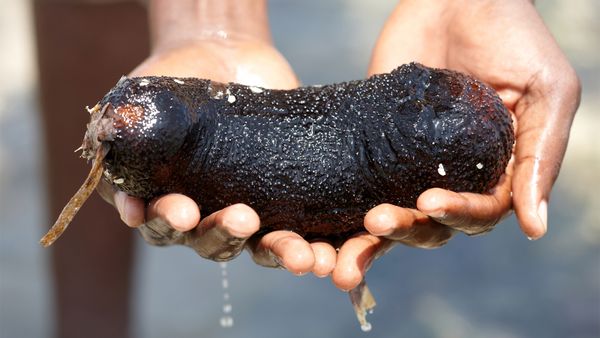
Waliking along the beach and finding a perfect, unbroken sand dollar is one of those indescribable, small joys in life that you may not fully appreciate until you've experienced it.
Most of us think of sand dollars as round, flat seashells, but that's a completely inaccurate picture of sand dollars in their natural habitat. In fact, sand dollars aren't shells at all, but living creatures!
Advertisement
Yes, a sand dollar is alive to begin with. During their average lifespan of about 10 years, a sand dollar is actually a living organism, and sand dollars are also cousins of sorts to other echinoderms like sea cucumbers, sea stars (sea stars are also known as starfish) and sea urchins.
"Just like their more recognizable sea star cousins, sand dollars typically have five-part radial symmetry which means that their body could be split into five identical 'slices,'" explained Jessica Brasher, husbandry manager at the Ocean Institute in Dana Point, California, when we spoke to her by email in 2019.
But that symmetry isn't what lands sand dollars in the echinoderm group that includes sea urchins and sea cucumbers.
Indeed, live sand dollars (unlike their deceased, relatively smooth counterparts) feature an endoskeleton that's covered by a layer of spiny skin, according to Leah Biery, who was director of communications at Sanibel Sea School in Sanibel, Florida, when we spoke to her in 2019. "The skeleton, or test, is composed of bony plates of calcium carbonate called ossicles, held together by connective tissue," she emailed. "They have no brain, just a simple nerve ring."
But what is it that makes a sand dollar alive? While we're used to living things sporting legs, wings or some other obvious transportation method, live sand dollars have a far more subtle way of getting around — a water vascular system.
This system not only helps sand dollars move, but is also responsible for pumping filtered seawater so that they can eat, Biery said, noting that the preferred sand dollar diet, for both young sand dollars and old, is microscopic algae food particles scraped from hard surfaces by the teeth in the sand dollar's mouth. Sand dollars also dine on plankton and other food floating freely in the water.
Sand dollars are surprisingly social, preferring to lie flat on the sandy seafloor where lots of other sand dollars live and away from the thrashing water created by storms.
This is especially vital during reproduction season, since being in a large group of sand dollars yields better odds of success.
"Sand dollars reproduce by spawning, which means that males and females release eggs and sperm into the water column respectively," Brasher explained. "If fertilized, the sand dollar eggs will hatch into microscopic, free-floating larvae that hardly resemble their parents." The larvae then undergo a series of developmental changes until it grows its test and settles on the ocean floor.
Advertisement


